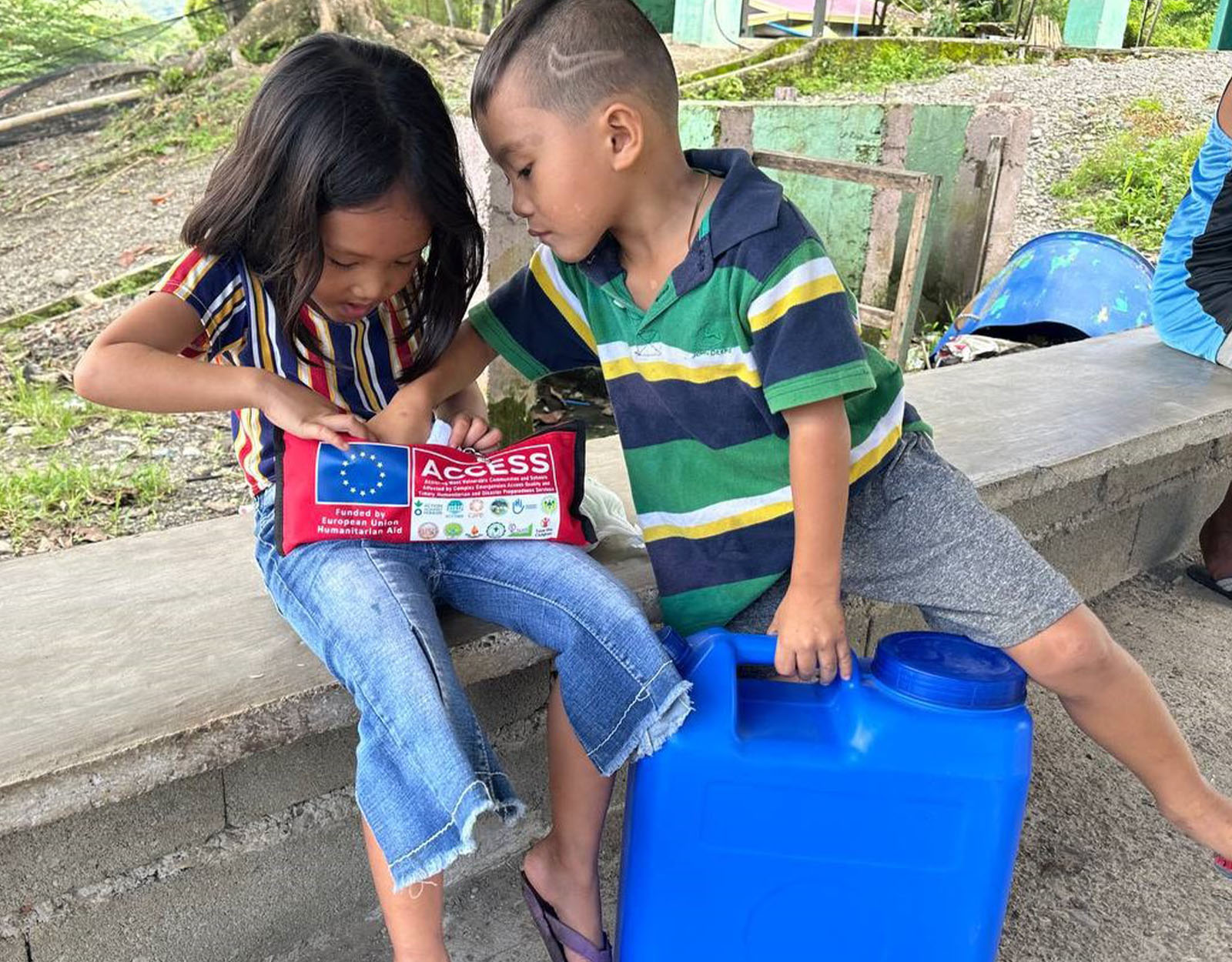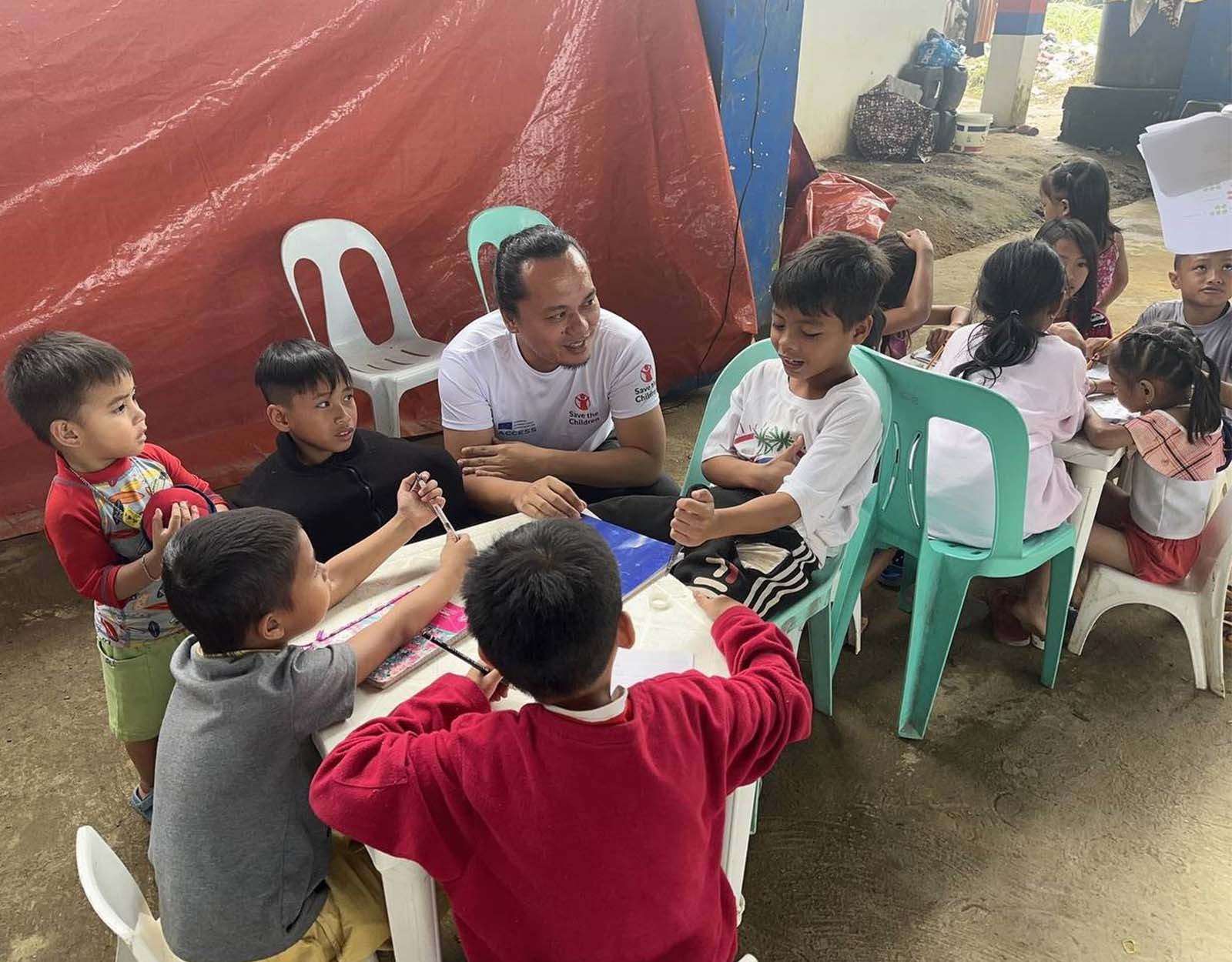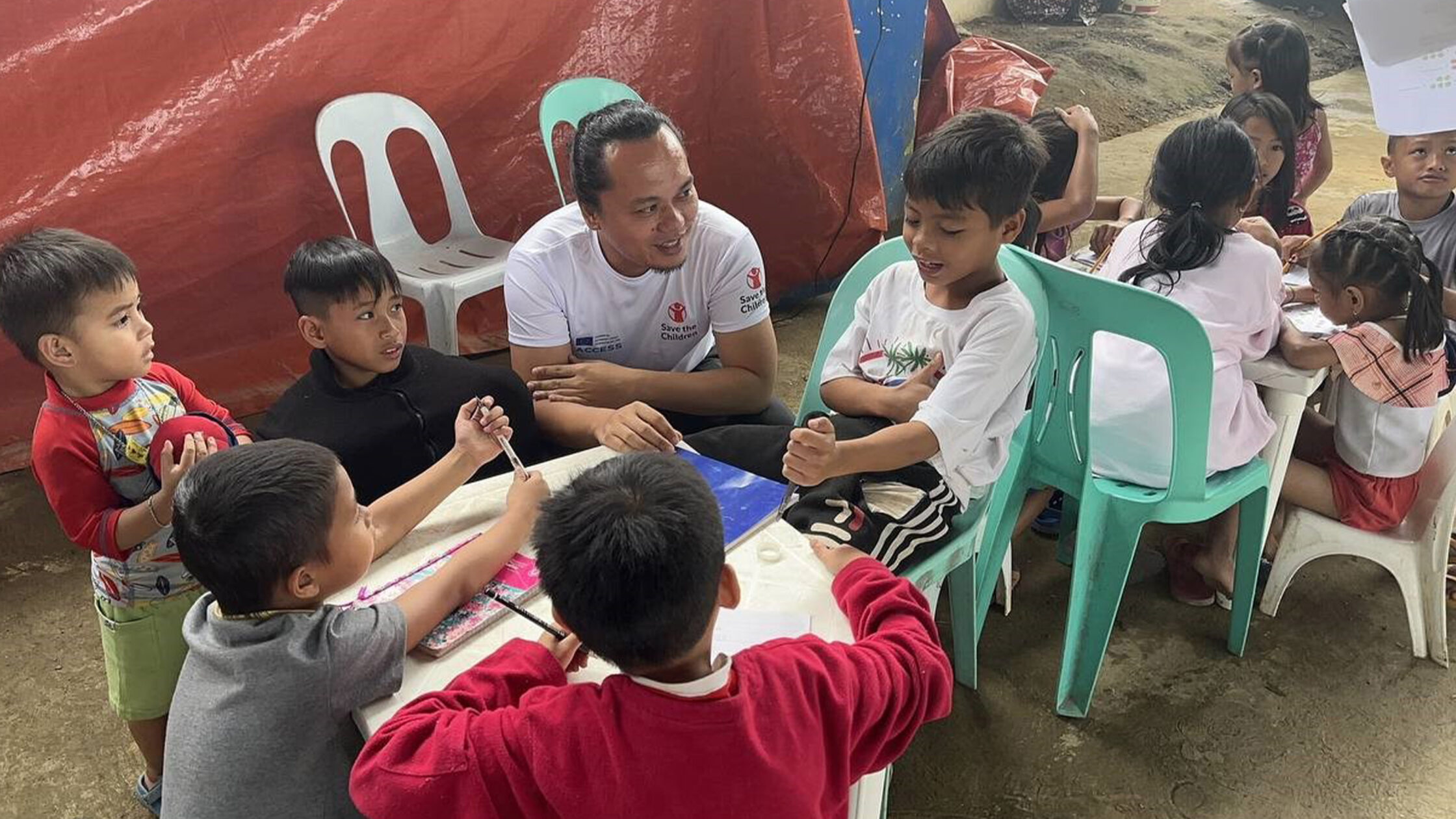The Impact of Natural Disasters on a Child’s Well-being
Save the Children Philippines reports 100,000 families affected by floods and landslides in the southern region of Mindanao.
When natural calamities hit, people face more than just physical damage and financial loss—their overall safety, well-being, and mental health are affected too. This happened to close to 100,000 families in the southern region of Mindanao as they faced torrential rains that have battered Davao de Oro province in Mindanao in recent weeks, which caused deadly floods and landslides.
In this vulnerable time, however, children are just as affected.
“Children are the most vulnerable before, during, and after disasters,” says Save the Children Philippines CEO, Atty. Alberto Muyot. “The multidimensional stress they experience from difficult situations during emergencies and calamities will take a toll on their physical, emotional, and psychological well-being.”
“It is imperative that we act together and work closely with the government to make sure the children and the families are provided the immediate help they need when disaster strikes,” he adds.

What families and children are facing
According to the National Disaster Risk Reduction and Management Council, landslide-affected areas have impacted more than 1.2 million people. This includes about 269,0000 children, with at least 54 people dead.
These calamities have caused electricity lines to be cut, communication networks disrupted, and infrastructure damage across 43 schools, per a report from the Department of Education. Further repercussions include damaged homes, displaced families, and disrupted essentials like water supplies and health services—thus posing a risk to health and safety.
And unfortunately, the Philippines can expect more of these challenges, as a 2023 research shows that the archipelago has a disaster risk index of 46.86—making it the most vulnerable country to natural disasters.
The result? “In the Philippines, children born in 2020 would face 4.9 times more heatwaves, 2.3 times more floods, 1.2 times more droughts, and 1.5 times more crop failures than their grandparents or those born 60 years ago,” Save the Children Philippines notes.

How natural disasters affect children
Calamities take on many forms—from natural disasters to pandemics, and other emergencies. And this can affect many families, including children. While the impact can vary based on the severity of the calamity in question, there’s no denying the lasting effects that this can have in the long run.
These include:
- Economic Hardship: financial struggles from calamities can affect a child’s overall well-being, given that damages and a lack of resources are a common aftermath of these disasters.
- Physical Health: exposure to disasters can lead to injuries, illnesses, and even death. Meanwhile, the lack of access to essentials like clean water, sanitation, and medical care can lead to health problems.
- Emotional and Psychological Well-being: children can experience trauma from witnessing or experiencing calamities firsthand. This can cause emotional distress, anxiety, and fear given the uncertainty of the future, and can even lead to Post-Traumatic Stress Disorder (PTSD) in worst-case scenarios.
- Separation and Loss: calamities can damage homes and displace families, which can lead to the loss of parents or caregivers. This results in emotional distress and abandonment, along with a threat to the child’s overall health and safety—given that no one can take care of them in these scenarios.
- Disruption of a Child’s Education: when calamities strike, survival takes center stage. With that, regular schooling is disrupted, thus hampering a child’s learning and development.
- Vulnerability: the aftermath of calamities threatens a child’s position, given that they are more vulnerable to exploitation, abuse, and neglect.
- Negative Long-term Impact: whether this includes unhealthy coping mechanisms like substance abuse or aggression, constant exposure to stress can negatively affect how a child’s overall development.

It helps to stay prepared during emergencies!
While it is impossible to prevent a natural disaster from making its move, proper support and contingency plans can help mitigate its effects. What’s more, having the right channels in place—from access to basic needs, healthcare, and the like—can help affected families.
“Save the Children Philippines works hard to give Filipino children a healthy start in life, the opportunity to learn, and protection from harm,” Atty. Muyot ends. “We do whatever it takes for and with children to positively transform their lives and the future we share.”
How to always be prepared!
Save the Children: How to Show Your Support This International Day of Education
Hospital Bag Checklist When Admitted or Accompanying a Family Member
5 Tips to Follow During a Volcanic Smog Alert
Learn more about how you can help Save the Children by visiting their website at www.savethechildren.org.ph. You can reach them at (+632) 8682-7283 (SAVE) or via fax at (+632) 8682-7283 local 300.









